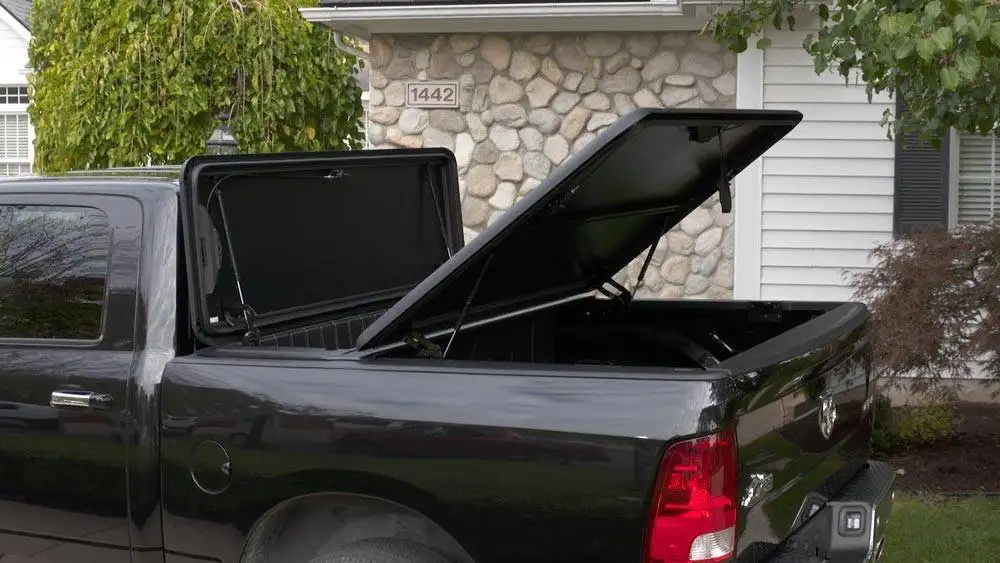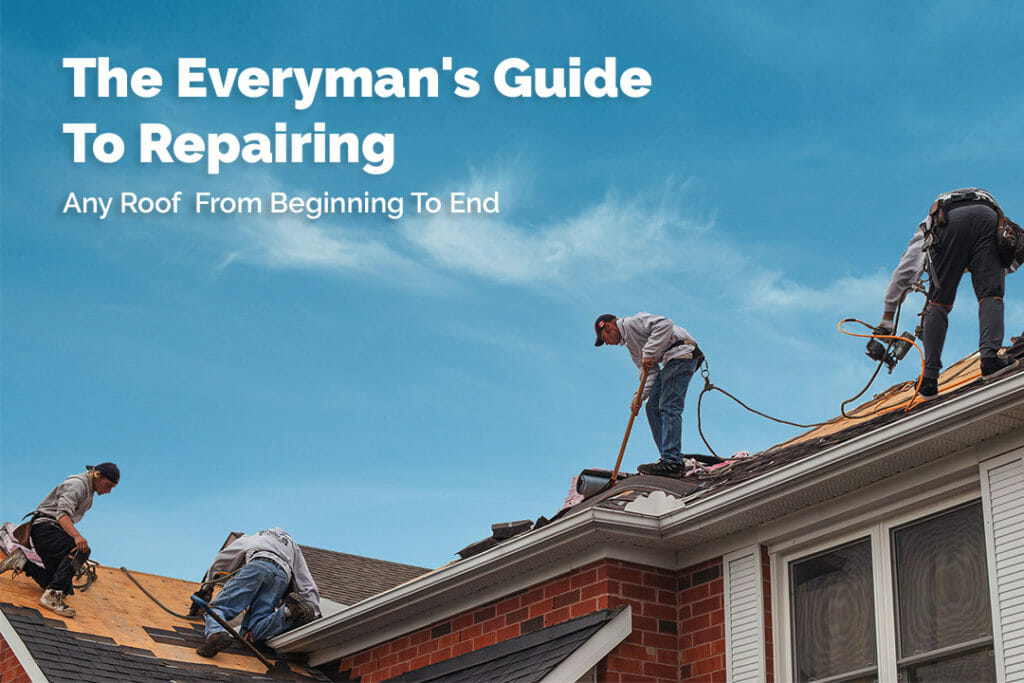When installing shingles, see to it the nails are embedded securely into the really felt as well as sheathing. In time, the sun’s heat will trigger the roof covering as well as roof shingles to increase, making the nails bulge of location, and therefore, enhancing the threat of leakage.
Since the roof covering is sloped, make sure you layer the roof shingles from base to leading, overlapping the top set with all-time low. This will guarantee your roof covering is shielded from all the weather elements.
Lease a nail gun. The weapon normally features a measurement overview that can save plenty of time. The common width between each row of shingles is 5 inches.
If you need to hire the best contractors, please follow the link.
- Fixing Sheathing
After cleaning up the particles, as well as reframing the roofing system, lay down a base, or sheathing. Eight-foot, 1/2-inch-thick plywood is conventional sheathing material. Measure the opening of the section of roof covering to be shingled, reduced the plywood to dimension, and nail to roofing rafters. Startle the sheathing in a brick pattern for extra strength. Do not position an entire 8-foot area of plywood onto the roofing. Such a lengthy piece is structurally unpredictable. Remain to set up in block pattern, startling the plywood seams till the open area is covered.
- Lay Felt Paper
Start by stapling the 6-inch starter strip at the bottom area of the roofing system leaving a 1-inch overhang on the eave to guarantee drainage into the gutters. Going from upside down, lay, as well as nail the staying felt layers with a 2-inch overlap. Make sure to nail the tar strip on each felt layer to make a certain maximum hold.
- Set up Roofing Shingles
Lay the first row of roof shingles beginning at a lower corner of the roofing system. Location a base row of tiles following the chalk lines on the felt as well as move upwards in a pyramid shape. Use six nails per roof shingles to guarantee optimal hold, and make certain to toenail on the tar strip. Continue functioning your means across, as well as up the roofing system, following your initial pyramid base. If fixing a section of a damaged roofing system, be sure you layer the existing roof shingles on top of the new. This will guarantee an attire, as well as a seamless appearance.
For replacement and repair of your roofing system, please visit the link.













